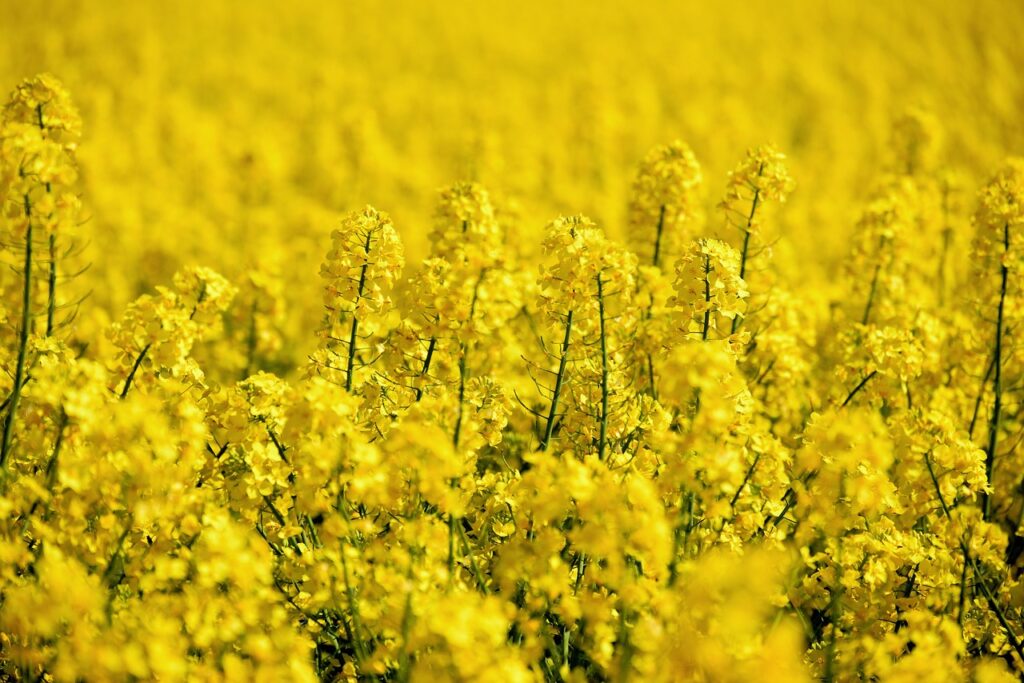What Are The Best Cover Crops To Enhance Soil Fertility And Reduce Costs?
Let’s talk about cover crops! Cover crops are a fantastic way to improve your soil health, reduce erosion, suppress weeds, and increase organic matter. But with so many different options out there, which cover crops should you choose to enhance soil fertility and save money? In this article, we’ll explore some of the best cover crops that can help improve your soil and reduce costs on your farm or garden. Let’s get started!
Benefits of Cover Crops
Cover crops offer a wide range of benefits for your soil and overall farm or garden health. They can help improve soil fertility, reduce erosion, suppress weeds, and increase organic matter content. By choosing the right cover crops, you can save money on fertilizers, pesticides, and other inputs, while also improving the long-term health of your soil. So, what are some of the best cover crops to achieve these benefits? Let’s find out!
Legumes
Legumes are one of the best cover crops for enhancing soil fertility. They have the ability to fix nitrogen from the air into the soil, which can then be used by other plants. This nitrogen-fixing ability makes legumes ideal for improving the fertility of your soil without the need for synthetic fertilizers. Some common legume cover crops include clover, vetch, peas, and beans. By planting legumes as cover crops, you can reduce your nitrogen inputs and improve the overall health of your soil.
Grasses
Grasses are another excellent option for cover crops. They help to protect the soil from erosion, suppress weeds, and improve soil structure. Grasses also add organic matter to the soil when they die off, further enhancing soil fertility. Some common grass cover crops include rye, oats, barley, and wheat. By planting grass cover crops, you can improve soil health, reduce erosion, and save money on inputs like herbicides.
Brassicas
Brassicas are a group of plants that includes radishes, turnips, kale, and mustard. These cover crops can help break up compacted soil, reduce soil-borne pests and diseases, and scavenge nutrients from deep within the soil. Brassicas also add organic matter to the soil when they decompose, improving soil fertility. By planting brassicas as cover crops, you can improve soil structure, reduce pest pressure, and enhance overall soil health.

Choosing the Right Cover Crops
When selecting cover crops for your farm or garden, it’s essential to consider your specific goals and needs. Different cover crops offer various benefits, so it’s crucial to choose those that align with your objectives. Consider factors like soil type, climate, crop rotation, and desired benefits when selecting cover crops. Here are some tips for choosing the right cover crops:
Know Your Soil
Before selecting cover crops, it’s essential to understand your soil type and quality. Consider factors like soil pH, texture, drainage, and nutrient levels. Different cover crops perform better in specific soil conditions, so knowing your soil can help you choose the right cover crops for your farm or garden.
Consider Climate
Climate plays a significant role in cover crop selection. Some cover crops thrive in cool, wet conditions, while others prefer hot, dry climates. Consider your climate when choosing cover crops to ensure they will grow successfully and provide the desired benefits.
Think About Crop Rotation
Cover crops can help improve soil health and break pest cycles in your crop rotation. Consider how cover crops fit into your rotation plan and choose those that can complement your main crops. Rotation with cover crops can help reduce pest pressure, improve soil fertility, and increase overall crop yields.
Identify Desired Benefits
Different cover crops offer various benefits, so it’s essential to identify your goals before selecting cover crops. Whether you want to improve soil fertility, reduce erosion, suppress weeds, or increase organic matter, there’s a cover crop that can help you achieve your objectives. Consider what benefits you want to achieve and choose cover crops that align with your goals.

Best Cover Crops for Soil Fertility and Cost Reduction
Now that we’ve discussed the benefits of cover crops and how to choose the right ones let’s explore some of the best cover crops for enhancing soil fertility and reducing costs on your farm or garden.
Red Clover
Red clover is a popular legume cover crop known for its nitrogen-fixing abilities and ability to improve soil structure. It’s easy to establish and grows well in a variety of soil types and climates. Red clover can be used as a green manure crop by tilling it back into the soil to improve fertility. It also attracts pollinators and beneficial insects, making it a valuable addition to any farm or garden.
Winter Rye
Winter rye is a hardy grass cover crop that excels at protecting the soil from erosion, suppressing weeds, and adding organic matter. It’s an excellent choice for fall planting, as it can germinate and grow in cool temperatures. Winter rye also has allelopathic properties, which can help suppress weed growth in your fields. By planting winter rye as a cover crop, you can improve soil health, reduce erosion, and save money on herbicides.
Daikon Radish
Daikon radish is a brassica cover crop known for its ability to break up compacted soil, scavenge nutrients, and suppress pests. It has a deep taproot that can help improve soil structure and increase water infiltration. Daikon radish is also effective at scavenging excess nutrients from the soil, reducing leaching and runoff. By planting daikon radish as a cover crop, you can improve soil tilth, reduce compaction, and enhance overall soil health.
Hairy Vetch
Hairy vetch is a legume cover crop that excels at fixing nitrogen from the air into the soil. It’s a vigorous grower that can add significant amounts of organic matter to the soil. Hairy vetch also has deep roots that can help break up compacted soil and improve water infiltration. By planting hairy vetch as a cover crop, you can improve soil fertility, reduce erosion, and save money on nitrogen inputs.
Oats
Oats are a versatile grass cover crop that can help protect the soil from erosion, suppress weeds, and add organic matter. They grow quickly and can be planted in the spring or fall. Oats are also an excellent choice for planting with legumes like peas or vetch, as they can provide support for climbing plants. By planting oats as a cover crop, you can improve soil health, reduce erosion, and save money on inputs like herbicides.

Conclusion
Cover crops are a valuable tool for enhancing soil fertility and reducing costs on your farm or garden. By choosing the right cover crops based on your specific goals and needs, you can improve soil health, reduce erosion, suppress weeds, and save money on inputs like fertilizers and pesticides. Whether you’re looking to improve soil structure, increase organic matter, or fix nitrogen into the soil, there’s a cover crop that can help you achieve your objectives. So, consider incorporating cover crops into your farming practices to reap the benefits of healthier soil and reduced costs. Happy planting!
The article What Are The Best Cover Crops To Enhance Soil Fertility And Reduce Costs? first appeared on https://www.66thlondon.org.
 Previous Post
Previous Post Next Post
Next Post